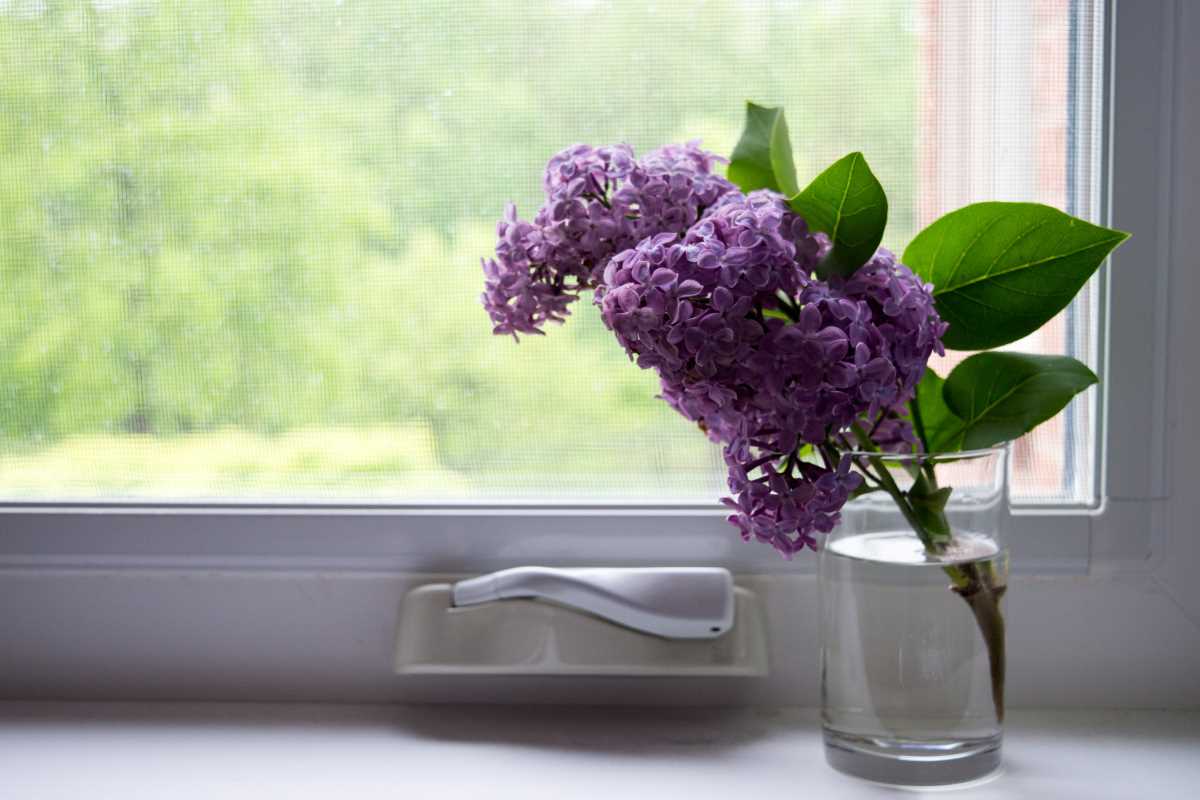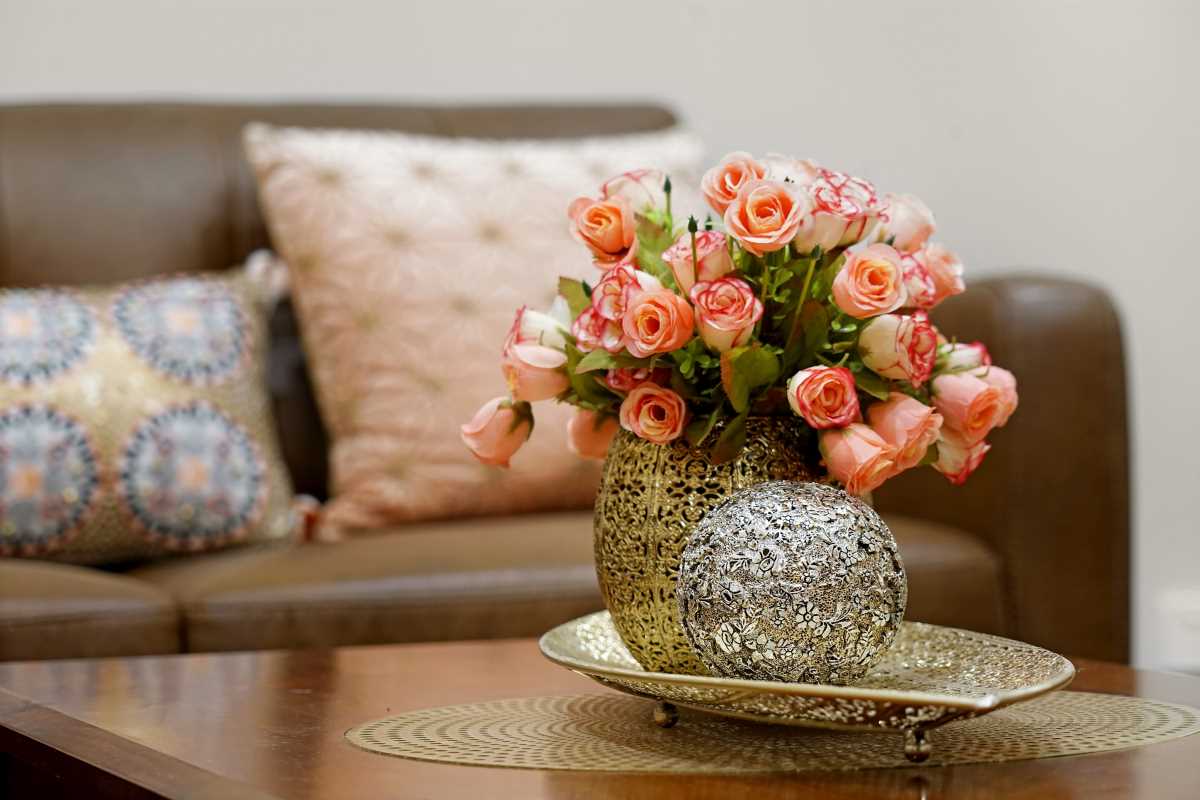Of all the senses, our sense of smell is arguably the most mysterious and potent. It’s deeply tied to the parts of the brain that process memory and emotion, which is why a whiff of a specific perfume can instantly transport you back to your high school hallway, or the smell of baking bread can evoke a powerful feeling of comfort and nostalgia. While we spend countless hours choosing paint colors, arranging furniture, and perfecting our lighting, we often overlook this invisible force that has a profound impact on how a space feels. Scent is the unsung hero of home ambiance.
Creating a welcoming home is about more than just visual appeal; it’s about crafting a full sensory experience. A beautiful room can feel sterile and unwelcoming if it smells stale or, even worse, unpleasant. Conversely, a simple, humble space can feel like a warm embrace if it’s filled with a pleasant and fitting aroma. Harnessing the power of scent is one of the most effective and surprisingly simple ways to elevate your home from just a place you live to a place that feels like a genuine sanctuary. It's the final, invisible layer of décor that truly makes a house a home.
The Science of Scent and Emotion
The connection between smell and emotion isn't just a poetic notion; it's a biological fact. When you inhale a scent, the aroma molecules travel up your nose to the olfactory bulb, which is directly connected to the limbic system. This area of the brain includes the amygdala and hippocampus, regions responsible for our emotions, memories, and motivations. This direct neural pathway is why a scent can trigger a powerful emotional response or a vivid memory much faster and more intensely than a sight or sound can. It’s a primal, subconscious reaction that we have little control over.
Understanding this powerful link allows you to be more intentional about the scents you introduce into your home. You're not just making a room smell "nice"; you're actively influencing the emotional state of everyone who enters. A calming scent like lavender can genuinely help reduce stress and anxiety, while a bright citrus aroma can boost mood and energy. By curating the scents in your home, you are essentially practicing a subtle form of aromatherapy, creating an environment that supports well-being and fosters a sense of peace and happiness for your family and guests alike.
Creating Your Home’s Signature Scent
Just as people have a signature perfume or cologne, your home can have a signature scent. This is a unique, subtle, and consistent aroma that defines your space and makes it instantly recognizable. The key to a successful signature scent is subtlety and consistency; it shouldn't be an overwhelming blast of fragrance that assaults you at the door, but rather a gentle background note that is consistently present. This creates a powerful sense of place and familiarity, making your home feel uniquely and comfortably yours.
Developing your signature scent is a personal journey. It should be a fragrance that you and your family genuinely love and that reflects the overall vibe of your home. You might layer two or three complementary scents to create something unique. For example, a base of warm sandalwood could be layered with a touch of vanilla and a hint of cedar. The best way to disperse this scent is through a low-and-slow method, like an essential oil diffuser running on a low setting or a few strategically placed reed diffusers. The goal is to create a scent so integrated into the fabric of your home that it becomes part of its identity.
Harnessing the Power of Natural Aromas
While synthetic air fresheners and plugins can be tempting for their convenience, they often contain harsh chemicals and can produce an artificial, overpowering smell. The most inviting and sophisticated scents are almost always derived from natural sources. These aromas are more complex and nuanced, and they lack the cloying, chemical undertone of their synthetic counterparts. Bringing natural scents into your home is a healthier and more elegant way to create a beautiful-smelling environment.
There are countless ways to do this. A vase of fresh, fragrant flowers like lilies, hyacinths, or freesia can perfume an entire room. In the kitchen, a bowl of fresh lemons or a small pot of herbs like rosemary and mint on the windowsill adds a clean, organic scent. One of the oldest and most effective tricks is to simmer a pot of water on the stove with natural ingredients. For a warm and cozy feel, try cinnamon sticks, orange peels, and cloves. For a fresh and clean scent, simmer lemon slices and a few sprigs of rosemary. This method creates a rich, authentic aroma that fills your home with a sense of care and intention.
- Understand Scent Profiles: Choose scents that evoke the mood you want. Citrus for energy, lavender for calm, sandalwood for warmth, and peppermint for focus.
- Layer, Don't Overpower: Use a combination of subtle scents from different sources (e.g., a candle, a diffuser, and fresh flowers) rather than one strong fragrance.
- Think Seasonally: Rotate your scents to match the time of year, light florals in spring, fresh citrus in summer, spicy notes in autumn, and pine or cinnamon in winter.
- Prioritize Natural Sources: Opt for essential oils, soy or beeswax candles, fresh botanicals, and simmering pots over synthetic air fresheners.
- Don't Forget to Ventilate: Before adding a scent, open the windows to clear out any stale air. A fresh base is key.
Tailoring Scents to Different Rooms
Not every room should smell the same. Just as you decorate different rooms for different purposes, you can use scent to enhance the function and feel of each space. This practice, known as scent-scaping, allows you to create distinct atmospheres throughout your home. The scent in your entryway should be welcoming and universally pleasant, while the aroma in your home office might be chosen to promote focus and concentration. This thoughtful approach makes your home feel more dynamic and responsive to your needs.
For example, the living room is a great place for warm, comforting, and social scents like vanilla, cedarwood, or a gentle amber. In the kitchen, it's best to stick with clean, food-friendly aromas like citrus, basil, or rosemary that complement the smell of cooking rather than clash with it. The bedroom should be a sanctuary for rest, making calming scents like lavender, chamomile, or bergamot ideal choices. For the bathroom, opt for fresh, clean fragrances like eucalyptus, tea tree, or crisp linen to create a spa-like, hygienic feel.
The Importance of Neutralizing Bad Odors
Before you can add a beautiful scent to your home, you must first address any unpleasant ones. Trying to cover up bad odors with a strong fragrance is like spraying perfume without showering first, the end result is often a strange and unappealing combination. The first step in any home fragrance strategy is neutralization. Lingering smells from cooking, pets, garbage cans, or musty areas need to be dealt with at the source. A truly welcoming home doesn't just smell good; it smells clean.
Regularly airing out your home by opening windows is the simplest and most effective way to eliminate stale air. Baking soda is a fantastic natural odor absorber; leave an open box in the fridge, sprinkle it in the bottom of trash cans, or dust it over carpets before vacuuming. White vinegar is another powerful, natural deodorizer that can be used in laundry or simmered on the stove to neutralize stubborn cooking smells. Once you have a clean, neutral canvas, the beautiful scents you choose to introduce will be able to shine, creating a genuinely fresh and inviting atmosphere.
 (Image via
(Image via




